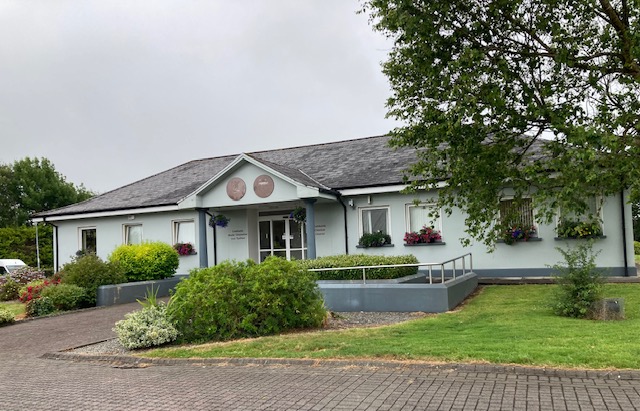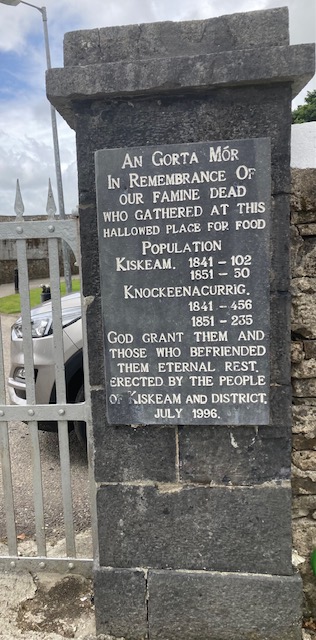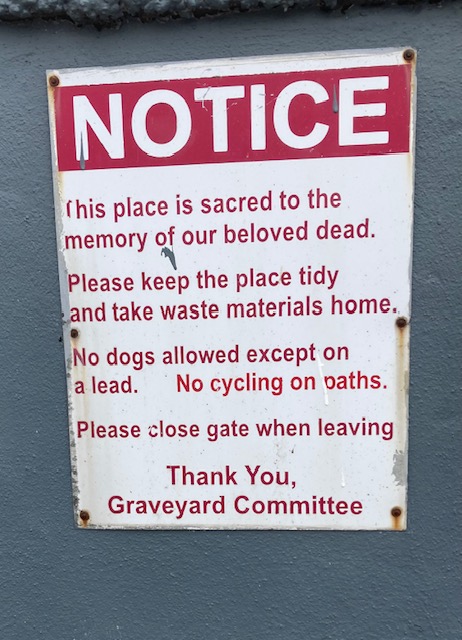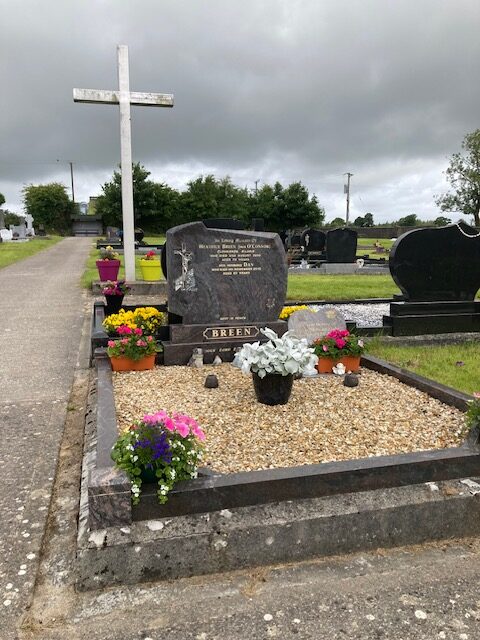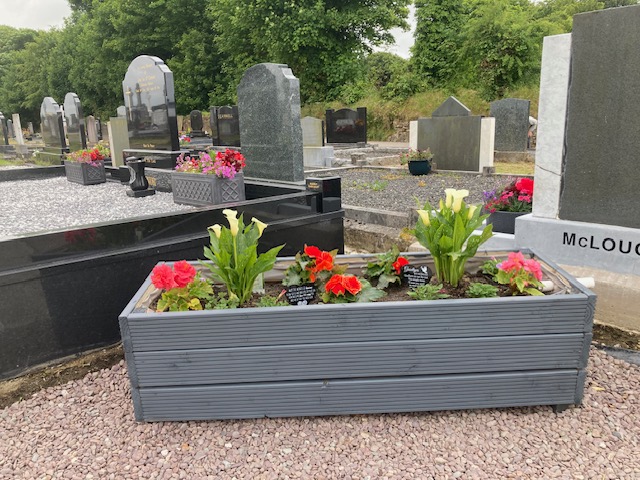
Reggie and Bobby at the John B. Keane statue
<<<<<<<
St. Swithin’s Day
Today, July 15th 2024 is a day weighted with anxiety for superstitious believers in the old wives tale of St. Swithin’s power over the weather, particularly over rainfall.
I read one version of the origin of this belief in Kevin Danaher’s marvellous A Year in Ireland.
St Swithin was an abbot and really really holy man, hugely respected and loved by his fellow monks. When he died they decided that an ordinary grave was not a fitting resting place for the remains of this venerable man so they sent about building a big mausoleum to house his coffin.
The saint was having none of it. On the day that he was to be reinterred, the heavens opened and flooded the whole countryside to the consternation of the monks and indeed everyone else. The rain continued relentlessly for 40 days.
St. Swithin appeared in a vision to a monk and revealed that he was the cause of the deluge. He believed that it was wrong to spend time and money on an ostentatious mausoleum instead of concentrating on prayer and good works for the relief of suffering in the world.
Now, if it rains today and if you believe St. Swithin is displeased, expect more of the same for the next 40 days.
Nice story but bunkum, I’m afraid.
<<<<<<<
A Poem about a Souvenir

<<<<<<<<<
New Shoe Shop in Main Street

<<<<<<<<
Old Carnegie Library
Jer Kennelly’s dive into the newspaper archives found this from the N Y Irish American Advocate of 1930
The old Carnegie Library on the Bridge Road, Listowel. one of the few remaining traces of the stormy period of 1920-1921, has been purchased by R. Moloney, who intends converting it into a concert and picture hall.
I knew that Kay Caball’s Moloney family had an association with this library so I asked her about it.
Here is Kay’s reply;
Hello Mary, No that wasn’t my father. I think that might have been Robert Moloney. They had a shop at the Gurtinard gate and it was called ‘Bobeen Moloneys’. No relation – I think they originally came to Listowel from Derrindaffe. There is a beauty shop there now.
Bobeen’s son was Vincent who had the pub at the corner of the Square and Robert who had the sweet shop & Newsagents in the Square also until Covid time. It must have been that he sold it to my father … but I think that a bit strange myself. ‘Bobeen’ was very wealthy and not a man for selling stuff.
Whatever way, my father would have bought it in the 1950s I imagine and he signed it over to me in the early 1960s. There was nothing left when I first saw it as a child coming up the Bridge Rd- just completely burnt but the concrete pillars etc standing. I wouldn’t think any books survived. It was a forbidden looking ruin with trees and bushes growing inside it. I’d say Bobeen got a bargain there!
Kay
<<<<<<<
It’s That Time of Year

From the neighbour’s garden
<<<<<<<
A Fact
The opening line of Jerome K. Jerome’s Three Men in a Boat is;
There were four of us in it.
<<<<<<<<<<













